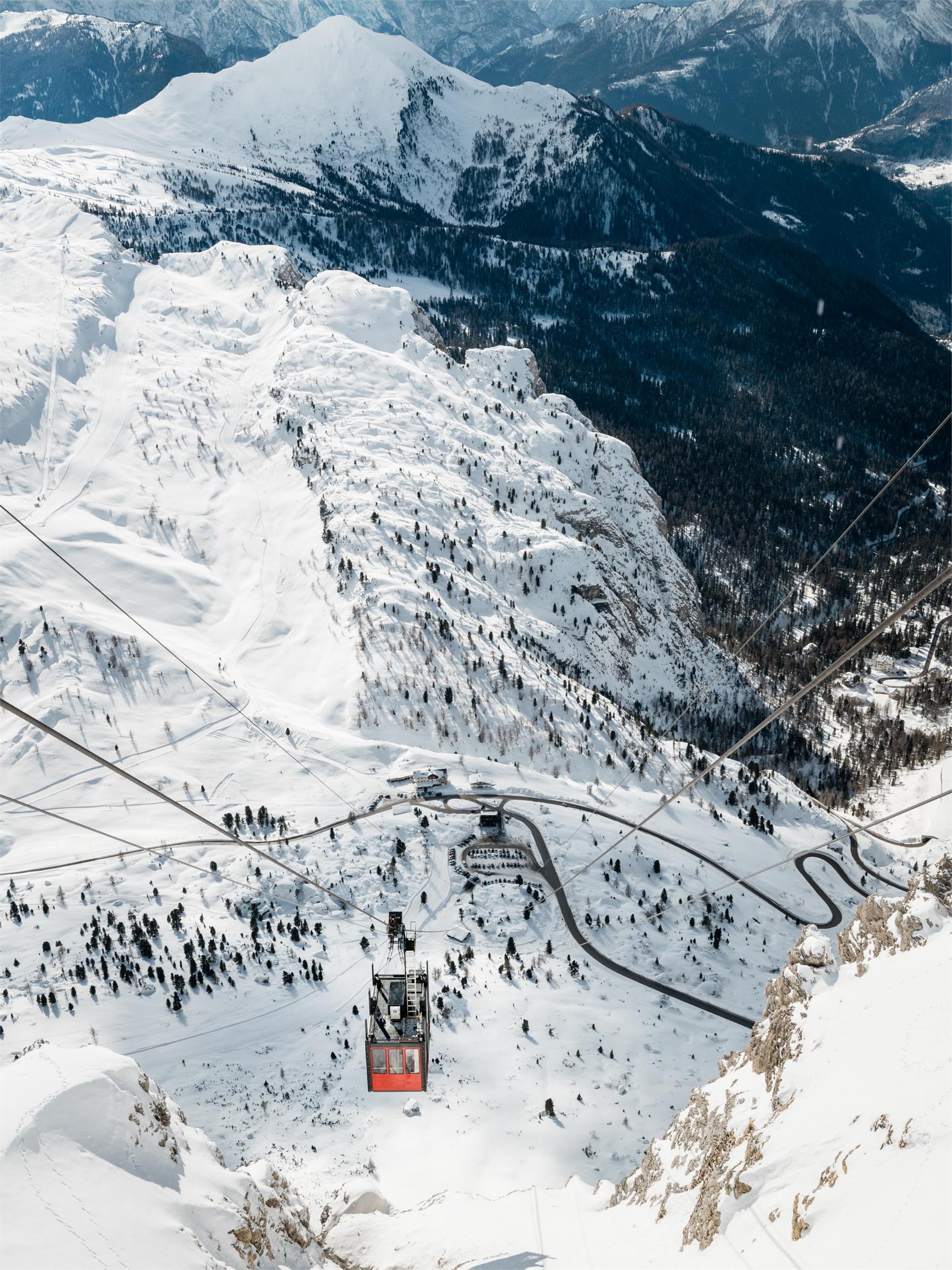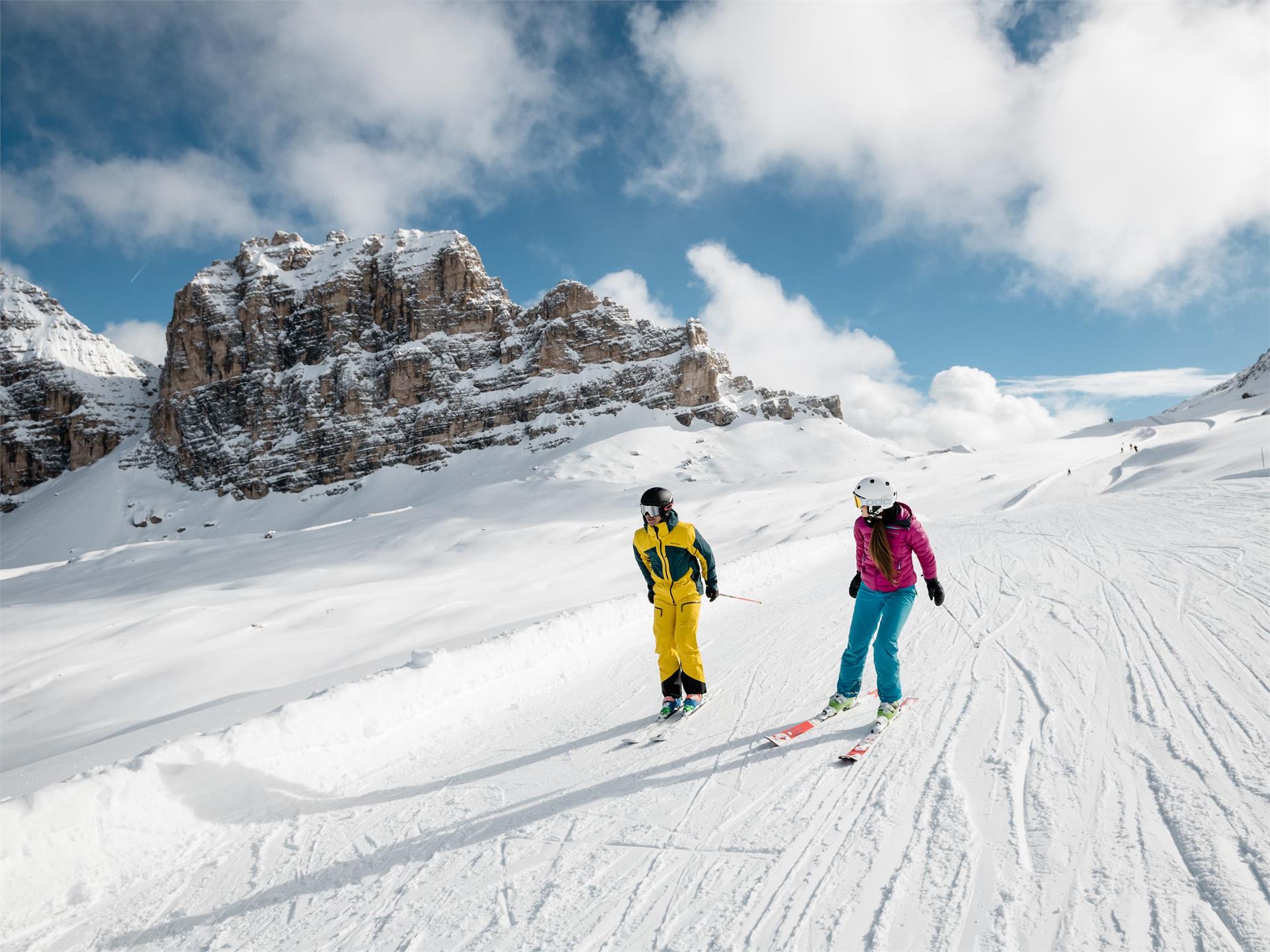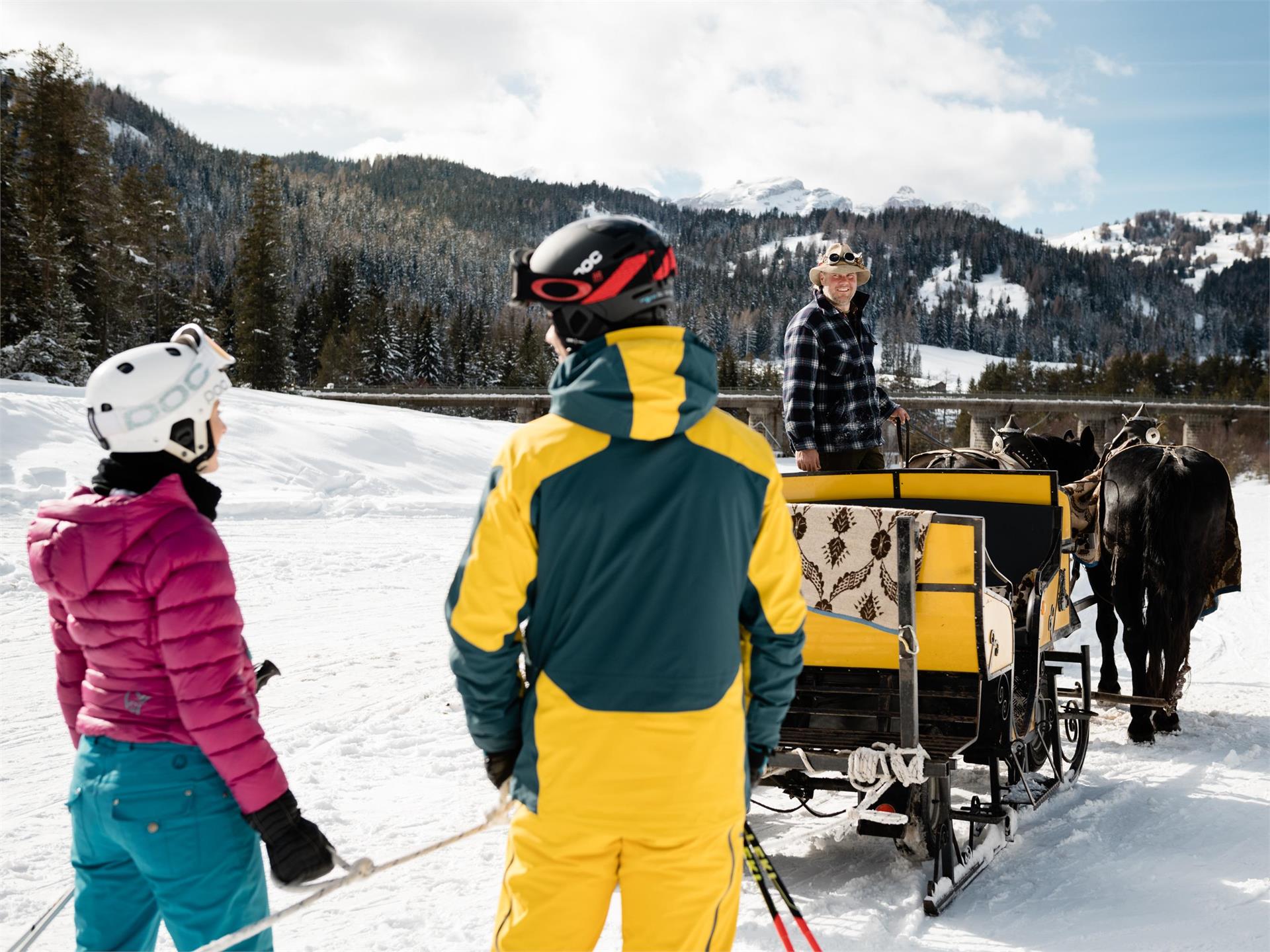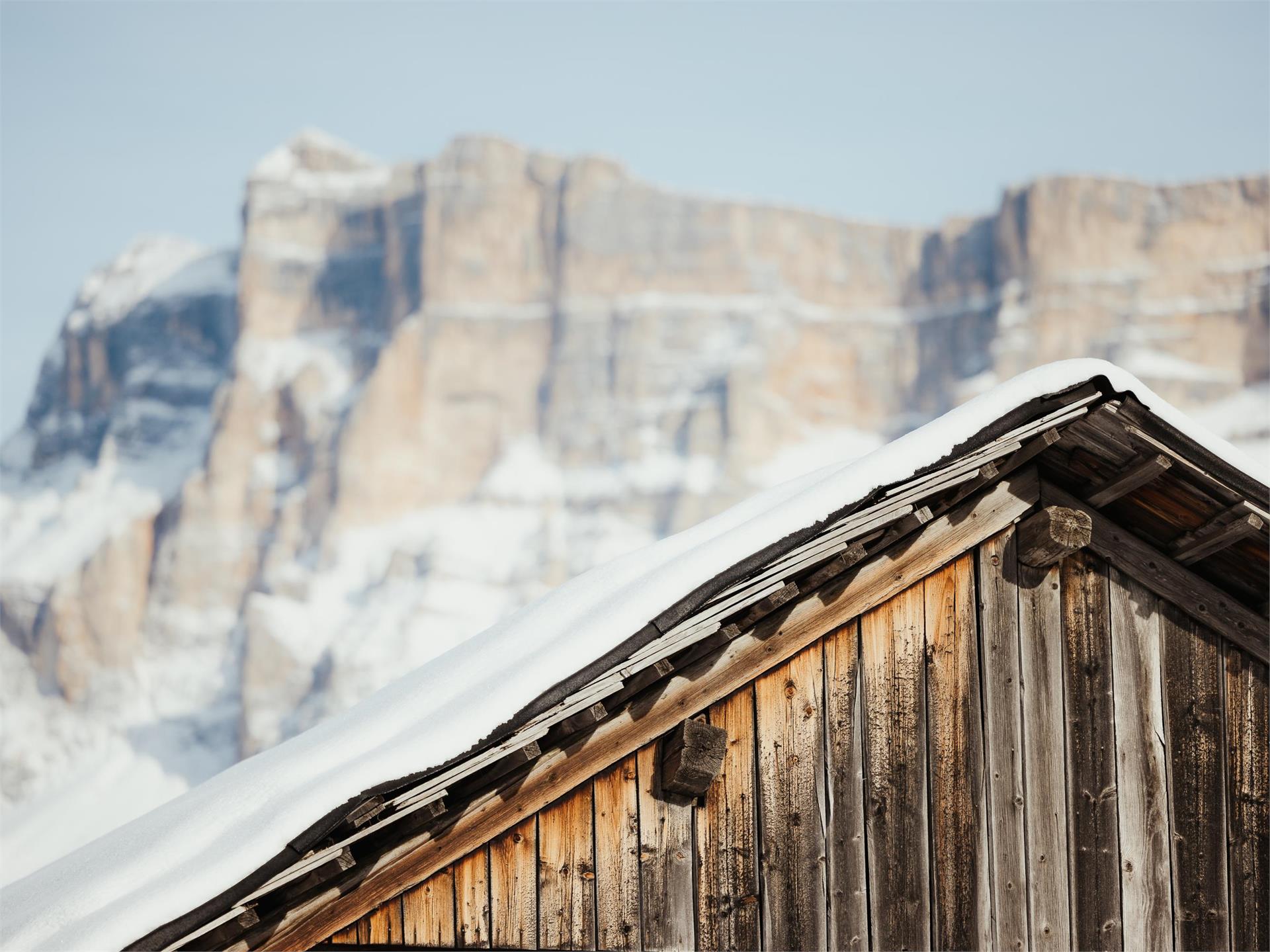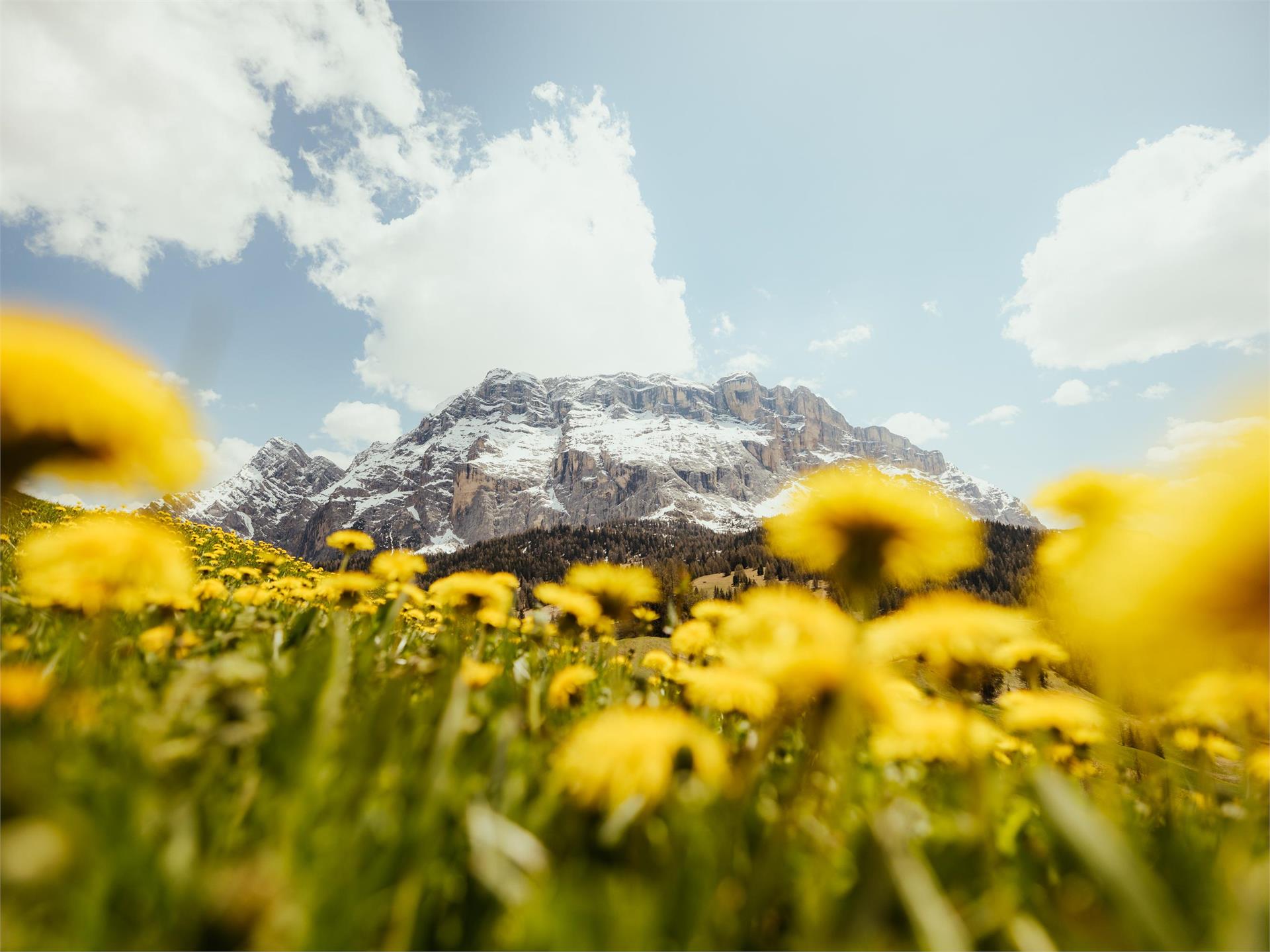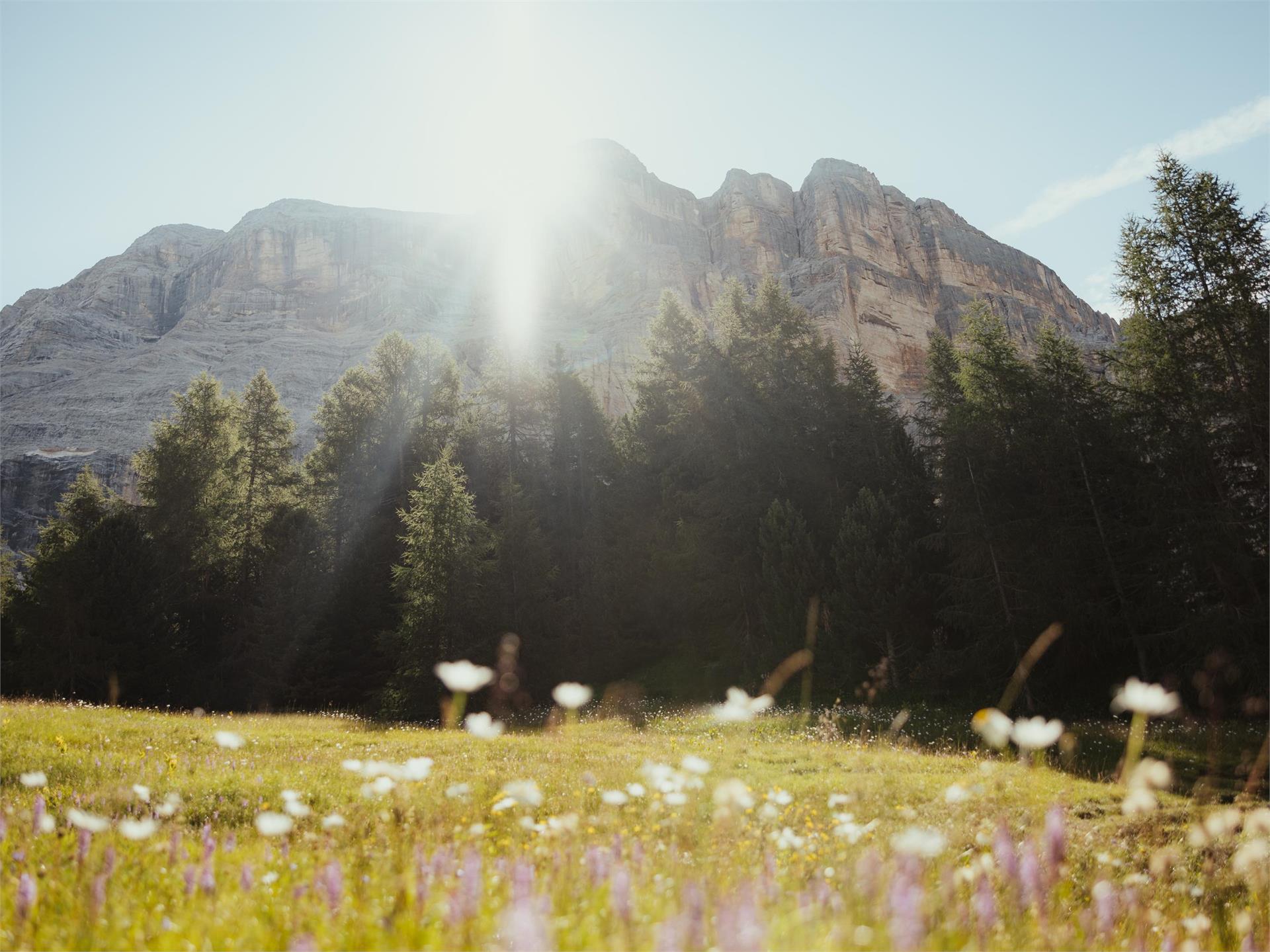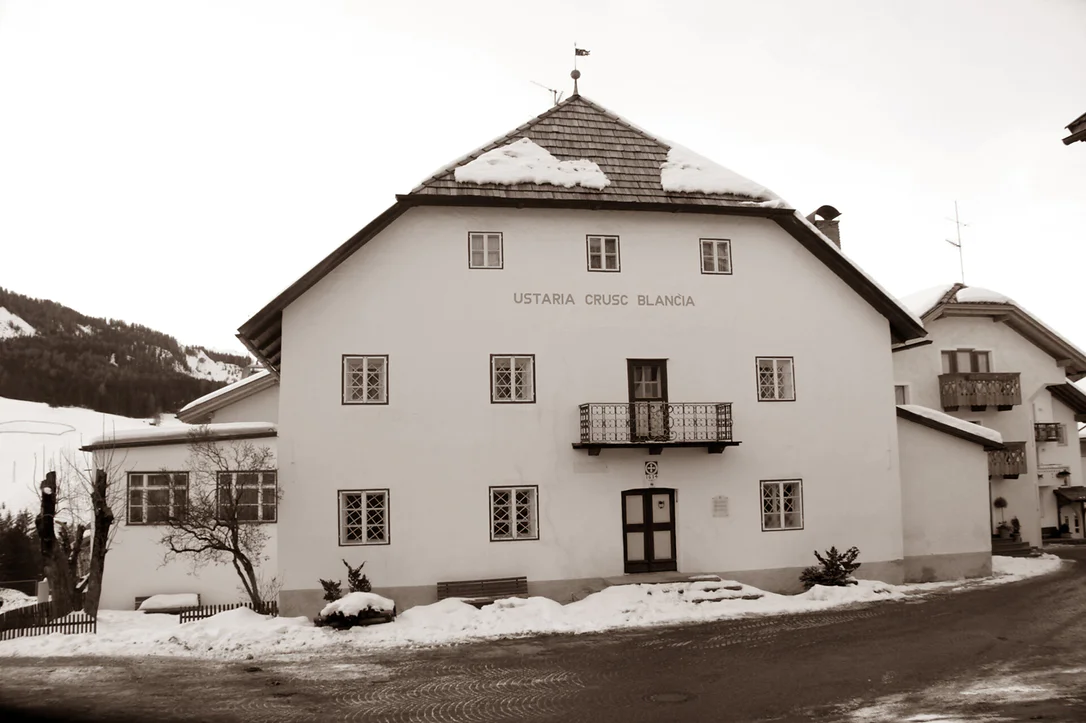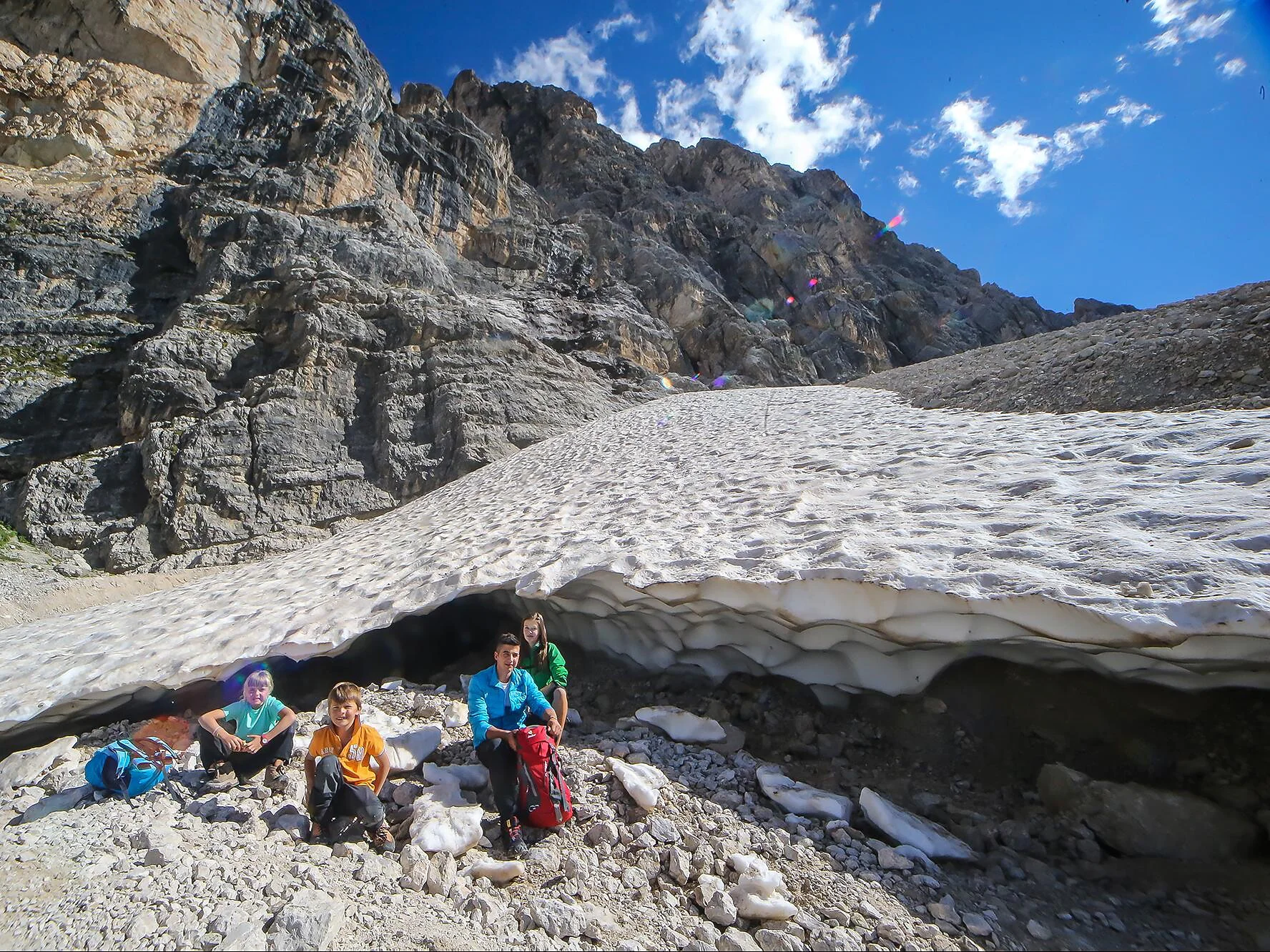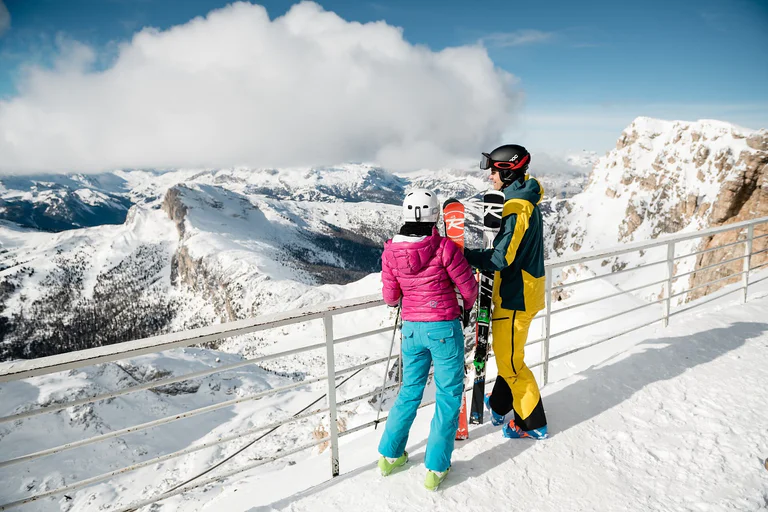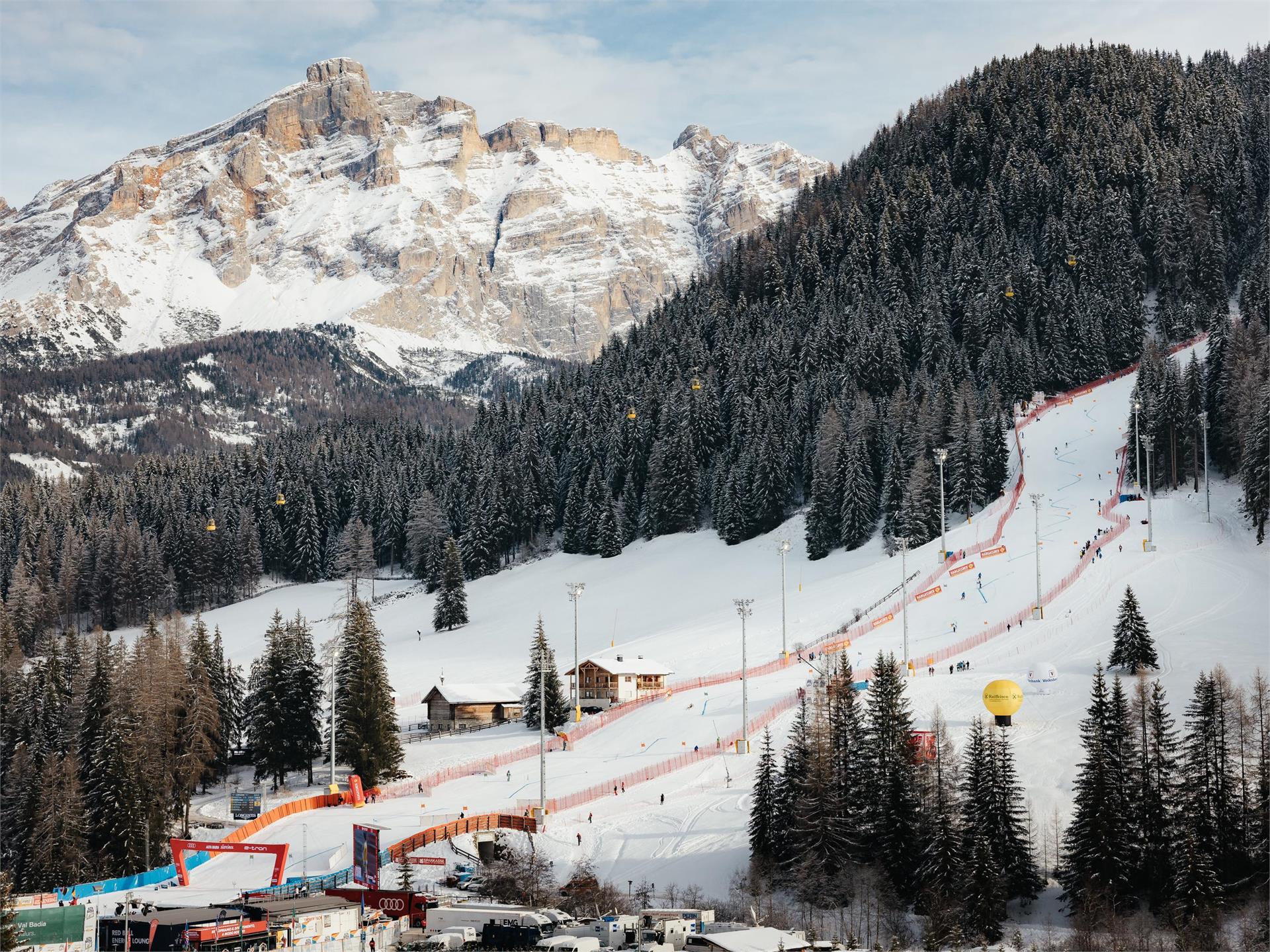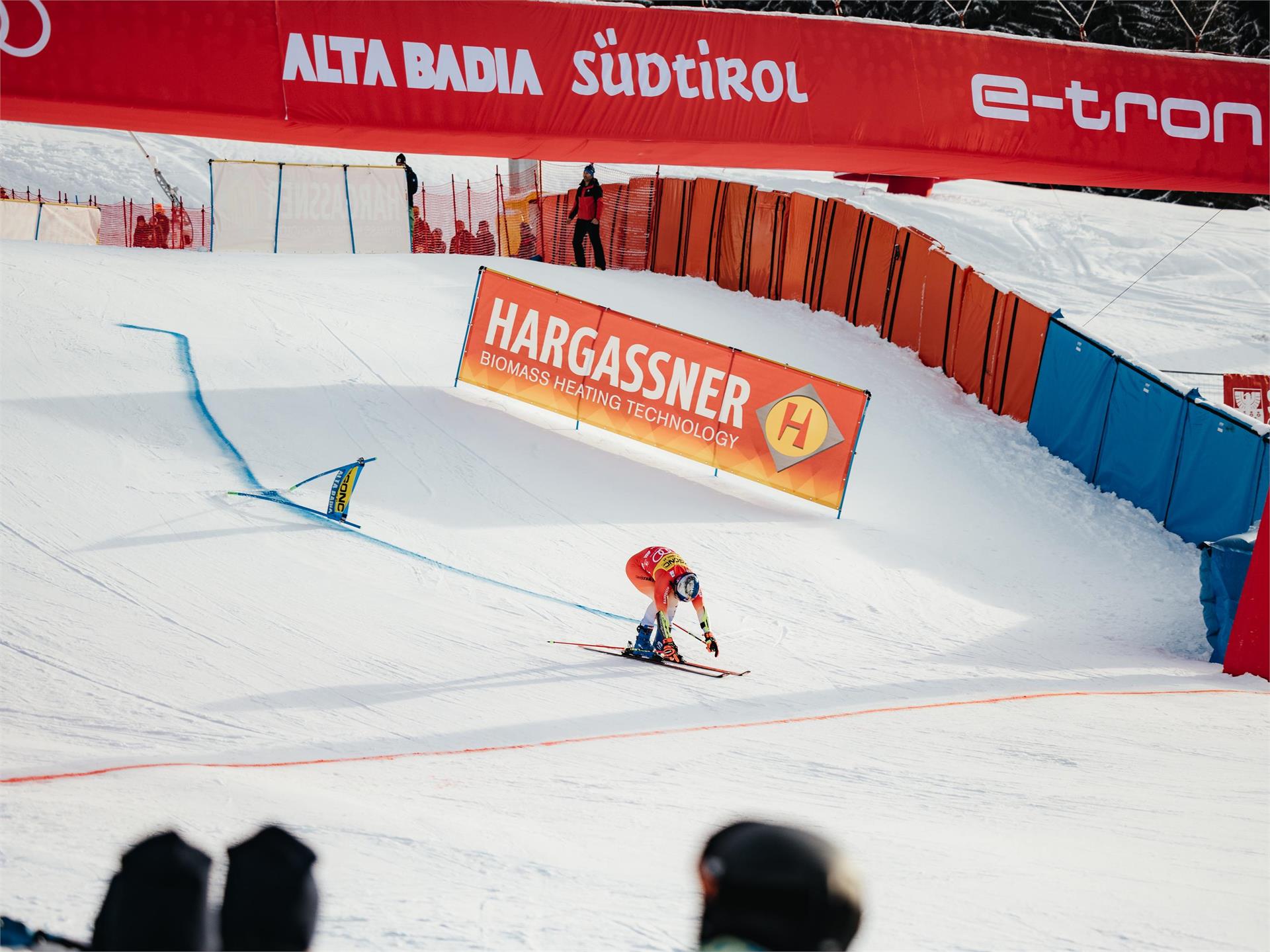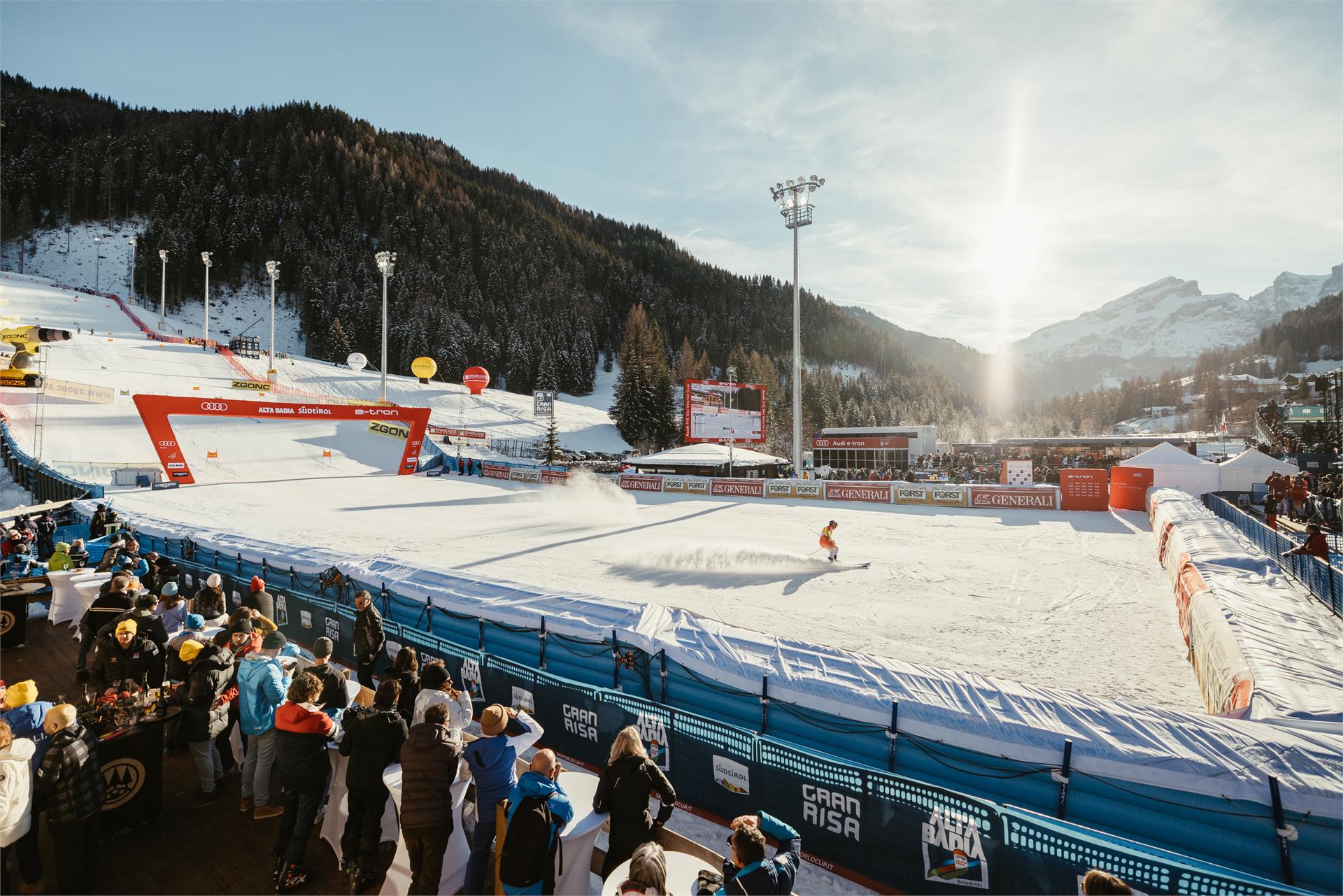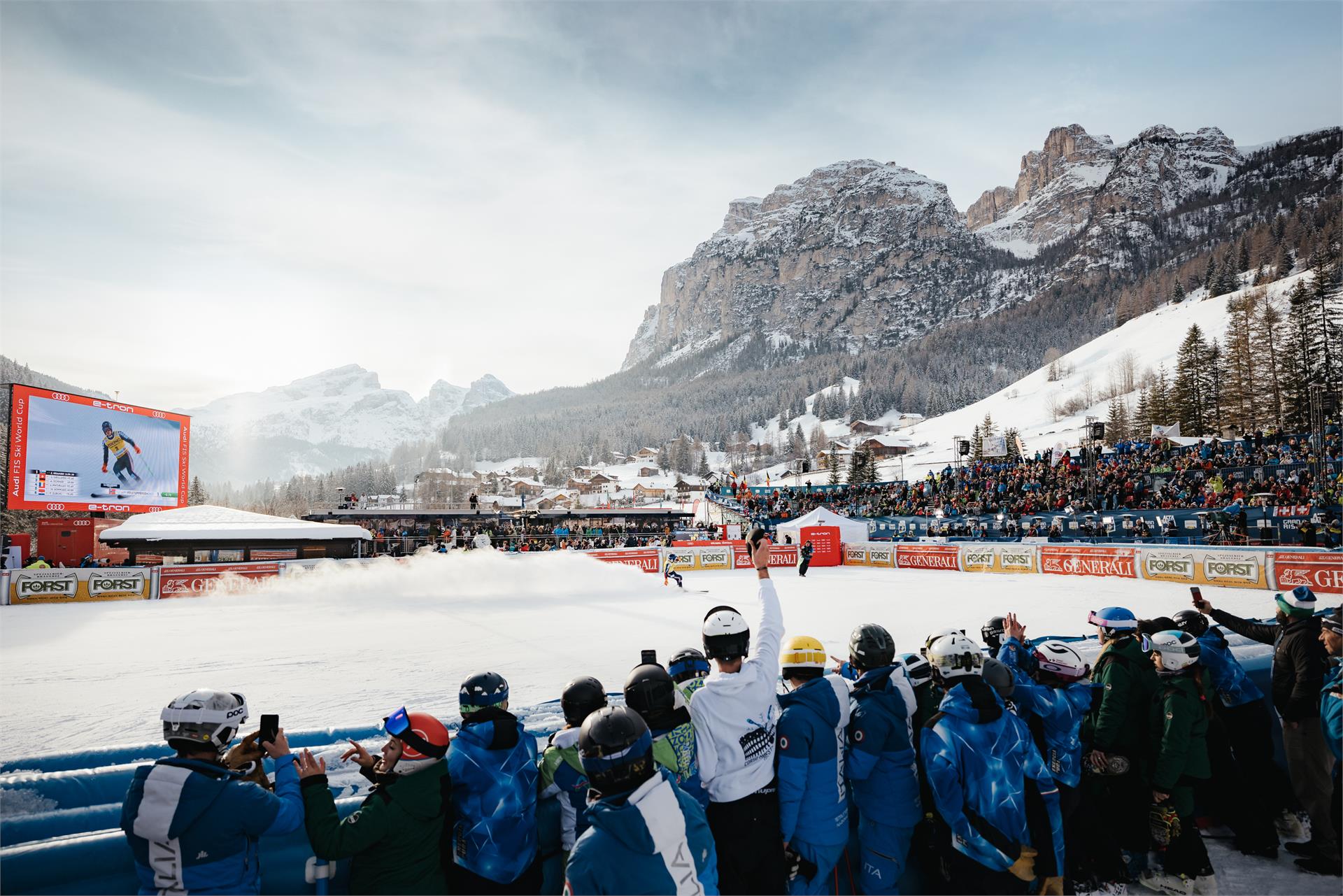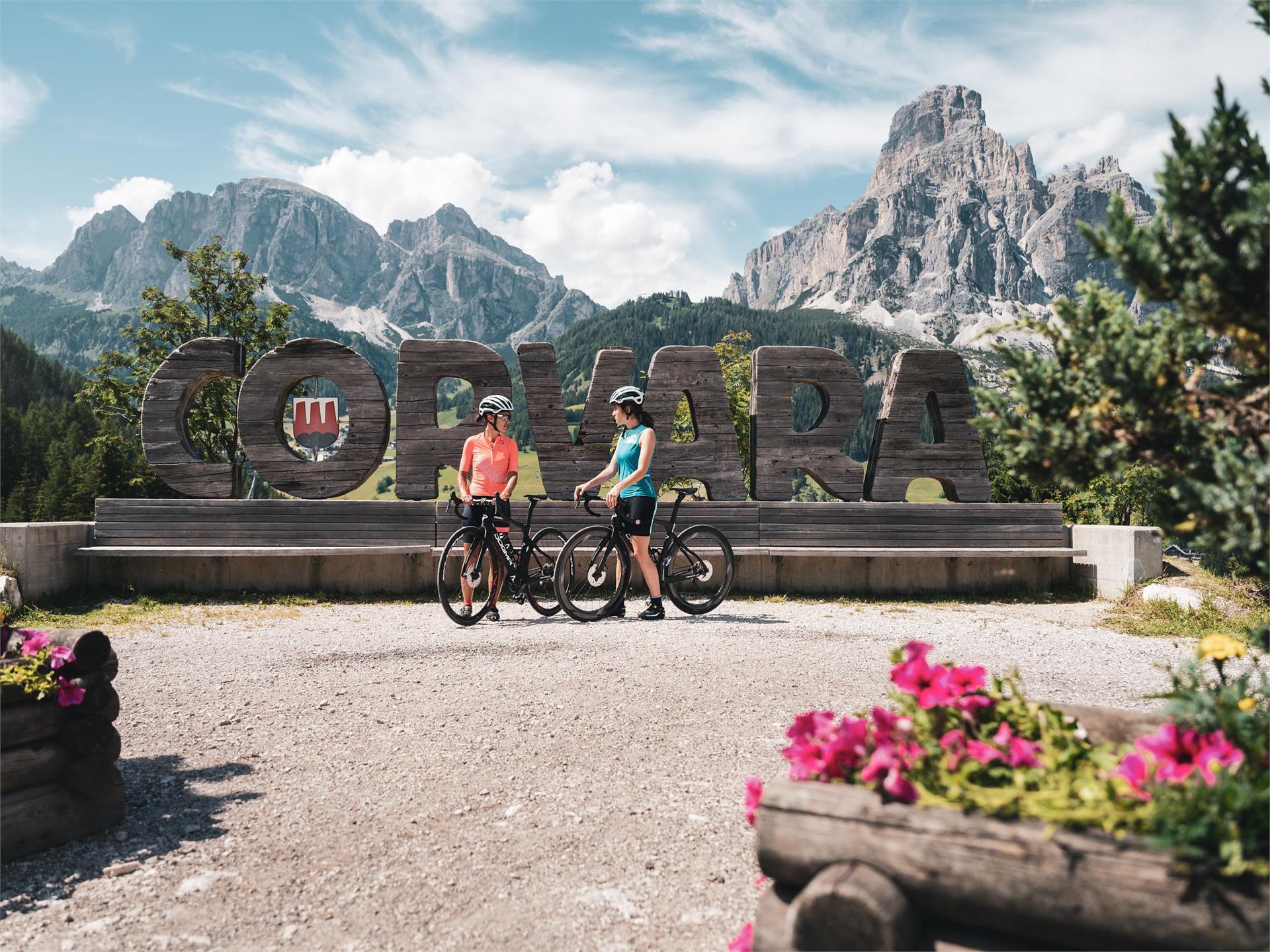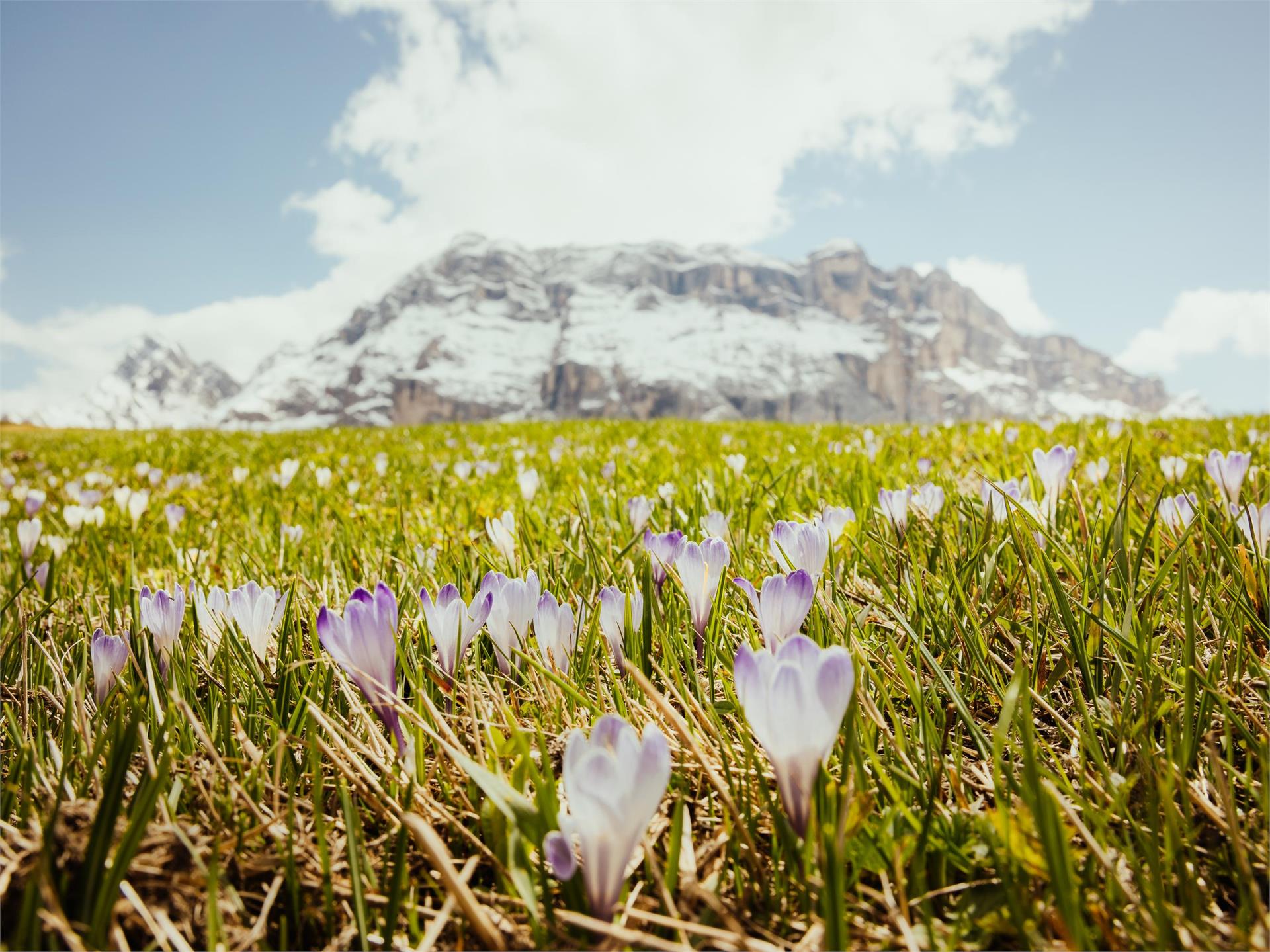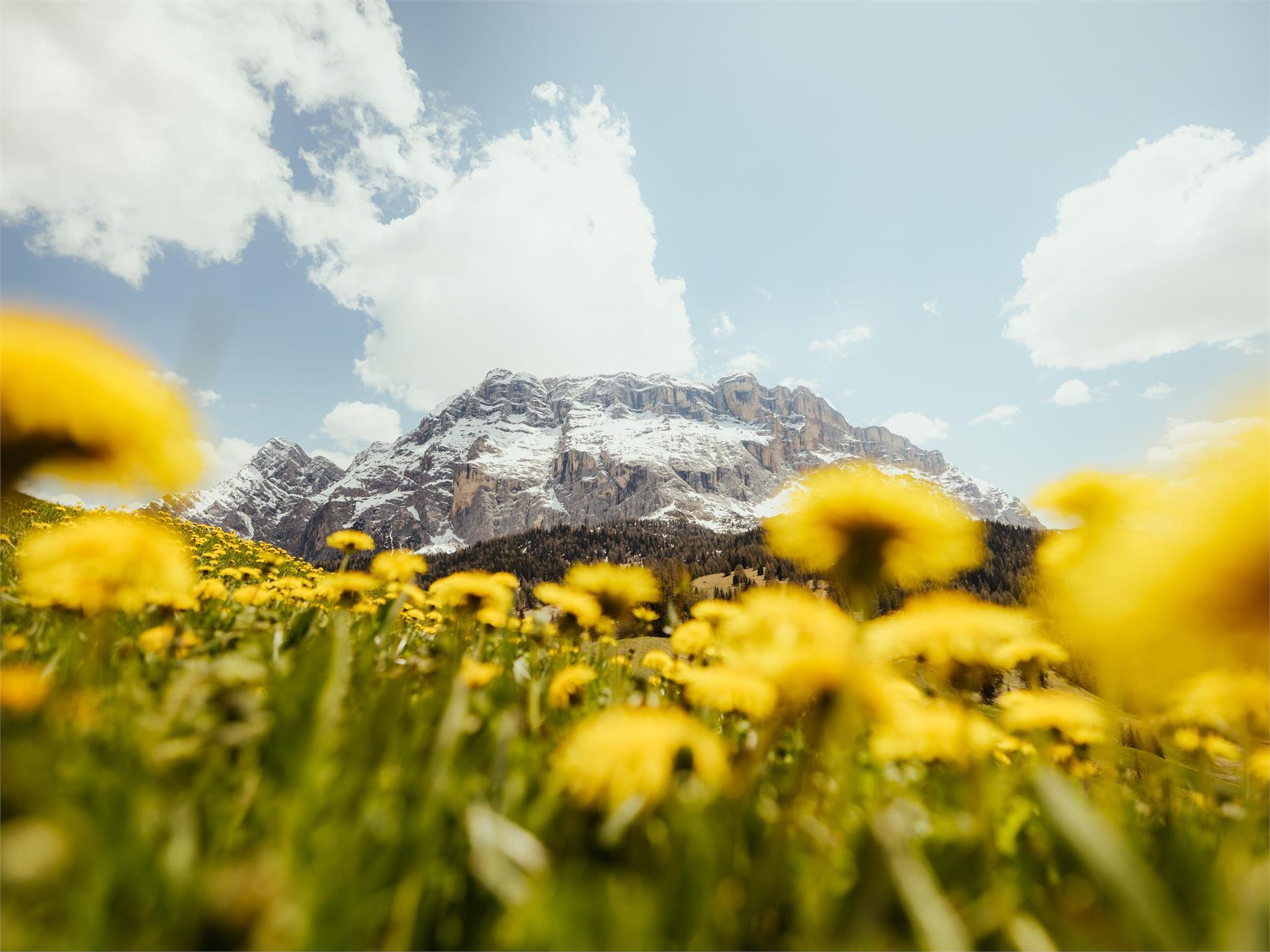The Museum Ladin Ursus ladinicus tells the fascinating story of the cave bear that lived over 50,000 years ago in the Dolomites and was discovered in the Conturines cave, considered the highest-altitude site in the world where the remains of the cave bear and cave lion have been found. Visitors can also explore the geological history of the Dolomites, beautifully narrated through stunning fossils.
The Museum Ladin Ursus ladinicus, an annex of the Museum Ladin Ciastel de Tor in San Martino in Badia, is spread over three floors.
On the top floor, the formation of the Dolomites is illustrated with unique fossils of great scientific interest, typical of the area surrounding San Cassiano.
Next is the section dedicated to the formation of the cave, its discovery, and the excavations that unearthed thousands of bones. All the essential aspects of the cave bear's life and its environment are explained through the Ursus ladinicus remains, dating back more than 50,000 years.
On the ground floor, visitors can explore a reconstruction of the bear's cave, where they can admire "the mother bear in eternal hibernation with her cub."
Accessible for people with disabilities: The Museum Ladin Ursus ladinicus is fully wheelchair accessible.

